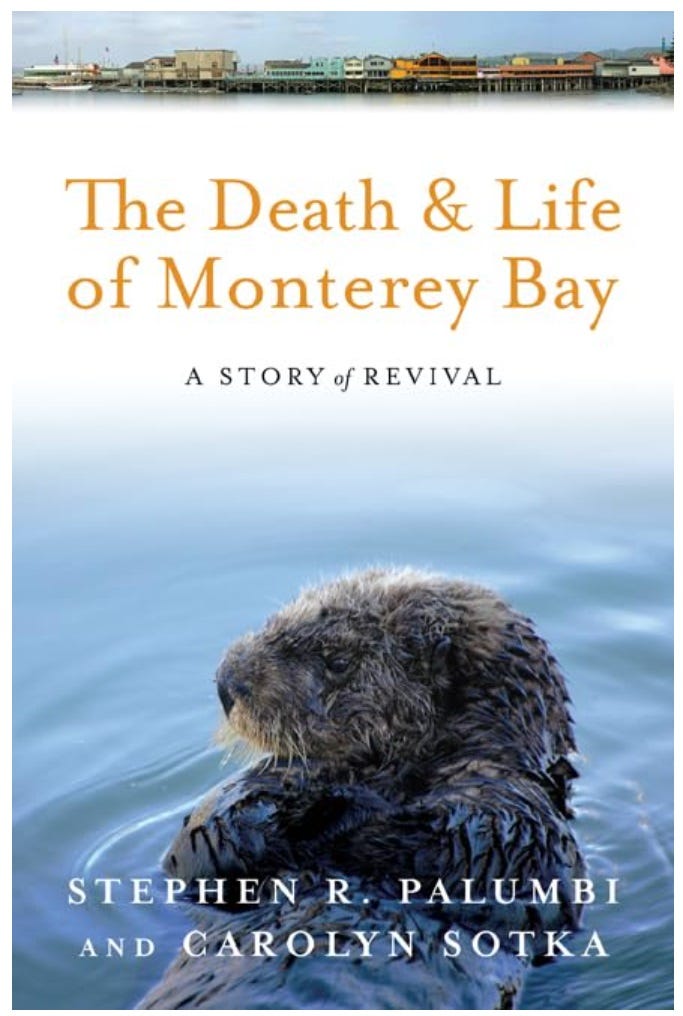We want to change environmental news coverage and inspire action.
Earth Hope aims to inspire action by highlighting environmental success stories. We believe hope is the foundation of progress, while fear leads to paralysis. We also want to change how others write their stories, influencing more focus on solutions.
We’re not here to peddle positivity. But rather than whining, complaining, grieving and using fear-mongering to sell headlines, we talk about what’s working to save this planet. Each one of our stories holds a solution that anyone can seize and enact in their own communities.
A dialectic describes when two opposing things are true at the same time. We are saving the planet while also destroying it. Fear-mongering isn’t working. One of the biggest risks to the environmental movement right now is disengagement and issue fatigue. Highlighting success stories and focusing on solutions are proven to reengage audiences.
Solutions. Solutions. Solutions.
Earth Hope is an experiment in solutions-based journalism. Humanity already holds all the solutions to today’s environmental problems. They fall into these basic categories:
Great policies (laws like the U.S. Endangered Species Act or incentives like tax breaks for solar)
Supportive communities (often devoting a lot of volunteer hours)
Passionate individuals
Well-directed money (ie, investment in restoration, refuges, technology, conservation or incentives)
Effective lawsuits
You’ll notice that we leave most of the climate reporting to the big wigs. Rather, we pick out individual success stories on a wide variety of topics. These are the stories that speak to everyday people and prove that a lot of small action adds up to big results.
Biodiversity loss and climate change are intricately linked planetary problems. Conservation is carbon sequestration. Our stories focus on five main categories of nature wins:
This newsletter is for everyone of all stripes. We aim to be inclusive toward people of all political persuasions. This planet belongs to us all and will be saved by us all.
About me:
I’m Amanda Royal, a former newspaper reporter who covered wildfires, invasive species, water quality, wildlife and other environmental topics in California and Nevada (writing under the byline Amanda Fehd.) I started fiddling around with this idea on WordPress in 2023. I launched on Substack in July, 2024.
I’m a centrist on most environmental issues, supporting pragmatic, science-based solutions that achieve concrete results. For instance, I wholeheartedly support forest thinning to prevent wildfires (like the Nature Conservancy), and the use of poison to eradicate invasive rats on islands (like Island Conservation, Flora & Fauna and Re: wild). I appreciate the existence of advocacy organizations that provide strong checks on the misguided aspirations of big business, but I’m not usually perfectly aligned with the extreme camps.
I’ve worked in environmental advocacy at Lake Tahoe. I frequently defended accusations that environmentalists know how to stop bad things from happening but don’t know how to make good things happen. This is why one of the first stories I wrote here was about sandhill cranes returning to Tahoe.
I’m a reading omnivore and will devour anything about nature, environment, bugs, birds and bogs, but also anything haunted and — a new discovery — anything Scotland. I’m generous with compliments and will only do it if I mean it.
I hike, swim, cycle and ski, both back-country and alpine. I’ll do anything relating to the ocean, including stare at it for long periods of time.
I’m fluent in Mandarin Chinese and have lived in both mainland China and Taiwan. I’ve spent time in India. I’m heavily influenced by Eastern thought, which often describes the universe in terms of cycles, rather than the linear trajectories embraced by Western thought.
University of Chicago alum.
Happily married to the love of my life. ⛷️🚵🏻♂️🌊🙂💃🏻💍
Get to know me more by reading stories under my Personal Narratives tab, or here:
Visit my Services page for help with writing and figuring out Substack.
Why Earth Hope?
The inspiration for this project came from a small book I picked up in an old barn near the sea. The Death and Life of Monterey Bay: A Story of Revival by Dr. Stephen R Palumbi, PhD, and Carolyn Sotka, M.A., recounts the recovery of a bay that was once on the brink of ecological collapse, devoid of sea life, overfished and polluted by fish processing waste. Southern sea otters were believed extinct. Yet one woman didn’t give up. Julia Platt, the mayor of the tiny town of Pacific Grove (a haunt of John Steinbeck and his friends) set aside a mere 11 acres for an underwater wildlife refuge where no one could harvest invertebrates like sea slugs and abalone. Decades later, this move would prove instrumental to the rebound of the Southern sea otter, whose favorite food is abalone. Southern sea otters now number 3,000.
“Even if no other bay will ever have exactly this story, the fact that a local shore has been driven to the depths of ecological ruin and has recovered—this shows that the pathway of recovery from ruin exists, and is a possibility for places that anyone else calls home.”
— The Death & Life of Monterey Bay (2011, Island Press)
This project is a call to action. As we wrote in our inaugural Substack post, “Claim your square of this planet,” one small refuge and just one person’s advocacy can make it or break it for a species, sometimes generations later.
Millions of people are saving the planet in this way. Collectively, we can do this.
Our stories will always be free. By supporting Earth Hope, you support a new way to report and spread environmental news. Please help us grow by liking, sharing, recommending, commenting or becoming a paid subscriber.
Join the crew!
Scientists know the fear-mongering isn’t working.
Sage Journal writes in “Communicating the Biodiversity Crisis: From “Warnings” to Positive Engagement” that positive communication is being used by a growing movement of conservation organizations:
Effective communication can play a vital role in societal transformations towards sustainability and biodiversity restoration. … If not carefully navigated, messages around environmental degradation can lead to audience disengagement and issue fatigue, at a time when motivation, engagement and positive action is required.
To learn more about the tech platform that powers this publication, visit Substack.com.






